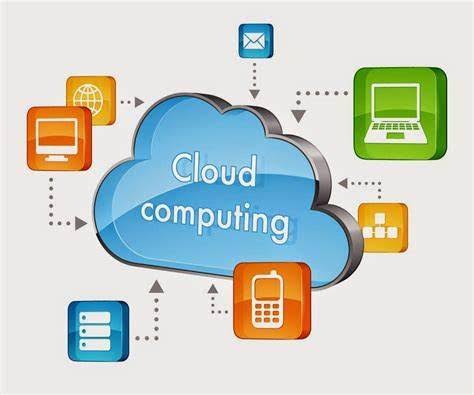Cloud computing has transformed the way businesses store, process, and analyze data. With the ability to access vast computing power and storage capacity on demand, organizations can process large datasets more efficiently and gain actionable insights faster. This technology has made advanced analytics accessible to businesses of all sizes, reducing costs while improving scalability and flexibility.
Scalability for Large Data Processing
One of the main advantages of cloud computing in data analytics is its scalability. Businesses no longer have to invest heavily in on-premises hardware to handle growing data volumes.
- Cloud platforms allow quick scaling up or down based on data processing needs.
- Resources can be increased during peak analytics workloads and reduced afterward.
- This flexibility ensures that businesses pay only for what they use, avoiding unnecessary expenses.
Scalability is particularly valuable for organizations dealing with seasonal demand or fluctuating data analysis requirements.
Cost-Effectiveness and Reduced Infrastructure Needs
Traditional data analytics required significant investment in physical servers, maintenance, and software licensing. Cloud computing eliminates most of these upfront costs.
- Businesses can access high-end analytics tools without purchasing expensive hardware.
- Maintenance, security updates, and backups are handled by the cloud service provider.
- The pay-as-you-go model makes advanced analytics affordable for small and medium-sized businesses.
This cost efficiency allows companies to focus more on data-driven decision-making rather than infrastructure management.
Faster Data Processing and Real-Time Analytics
Cloud computing enables faster analytics by leveraging distributed processing power. This makes it possible to analyze massive datasets in real time.
- Cloud-based analytics platforms can process streaming data instantly.
- Real-time insights support quick decision-making in industries like finance, healthcare, and e-commerce.
- Automated scaling ensures that even sudden spikes in data volume are handled without delay.
With real-time analytics, businesses can respond to changes as they happen rather than relying on outdated reports.
Enhanced Collaboration and Accessibility
Cloud platforms make it easier for teams to collaborate on analytics projects regardless of location.
- Data and dashboards can be accessed securely from anywhere with an internet connection.
- Multiple users can work on the same datasets without creating conflicting versions.
- Cloud integration supports collaborative tools, allowing teams to share insights seamlessly.
This accessibility ensures that decision-makers have up-to-date information whenever they need it.
Integration with Advanced Analytics Tools and AI
Many cloud services come with built-in analytics and AI capabilities, helping organizations extract deeper insights from their data.
- Integration with machine learning platforms allows predictive and prescriptive analytics.
- Cloud-based AI tools can detect patterns, forecast trends, and automate data classification.
- APIs and connectors make it easy to integrate third-party analytics tools for customized workflows.
This combination of cloud computing and AI drives innovation across industries by enabling smarter decision-making.
Improved Data Security and Compliance
Data security is a top priority in analytics, and cloud providers invest heavily in advanced protection measures.
- Cloud platforms offer encryption, multi-factor authentication, and intrusion detection systems.
- Regular security updates ensure protection against emerging threats.
- Compliance with data regulations such as GDPR, HIPAA, or ISO standards is easier with certified cloud providers.
Strong security ensures that sensitive data is protected while still being available for analytics purposes.
Disaster Recovery and Data Backup
Data loss can be devastating for analytics-driven businesses. Cloud computing offers built-in disaster recovery and backup solutions.
- Automatic backups prevent data loss from system failures or cyberattacks.
- Disaster recovery systems restore analytics platforms quickly in case of disruption.
- Cloud redundancy ensures that critical data is stored across multiple locations.
These features guarantee business continuity and safeguard valuable analytics assets.
Supporting Big Data and IoT Analytics
The rise of big data and Internet of Things (IoT) devices generates massive amounts of information. Cloud computing is well-suited to handle these workloads.
- IoT devices can send real-time data streams directly to cloud-based analytics platforms.
- Big data processing frameworks like Hadoop and Spark run efficiently in the cloud.
- Organizations can store and analyze unstructured, semi-structured, and structured data without worrying about storage limits.
This capability allows companies to uncover insights from complex and diverse data sources.
Conclusion
Cloud computing has redefined how businesses approach data analytics by making it more scalable, cost-effective, and accessible. It supports faster processing, real-time insights, advanced AI integration, and strong security measures while simplifying disaster recovery. As data continues to grow in volume and complexity, cloud-based analytics will remain a key driver of innovation and competitiveness in the digital economy.




Interesting